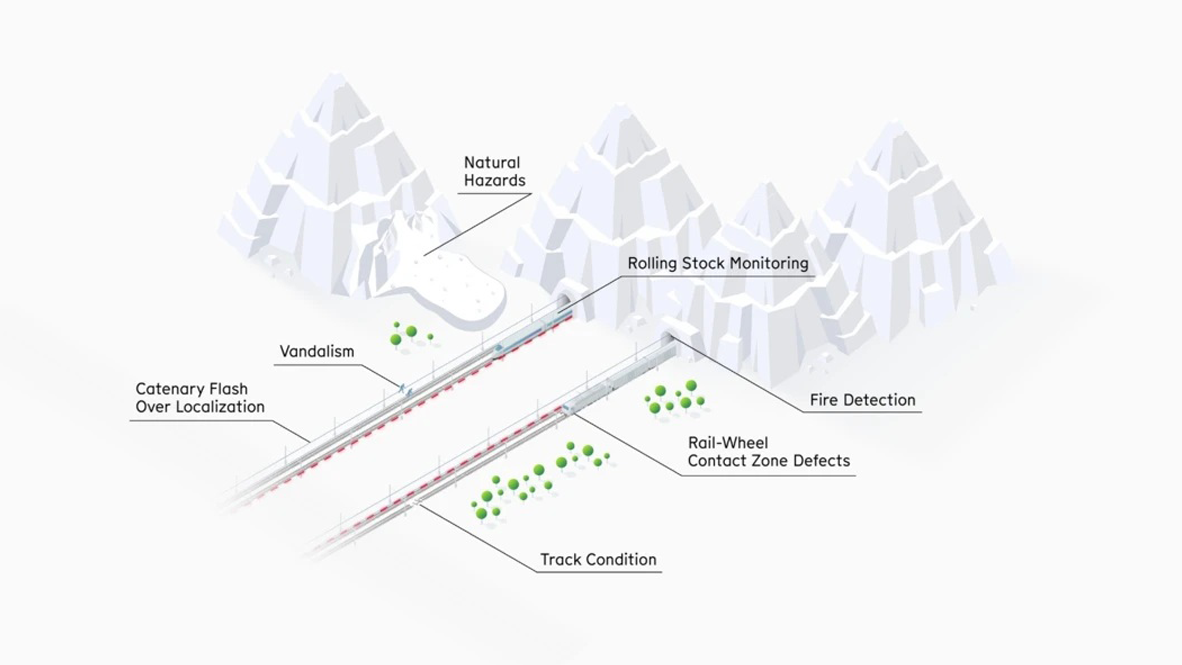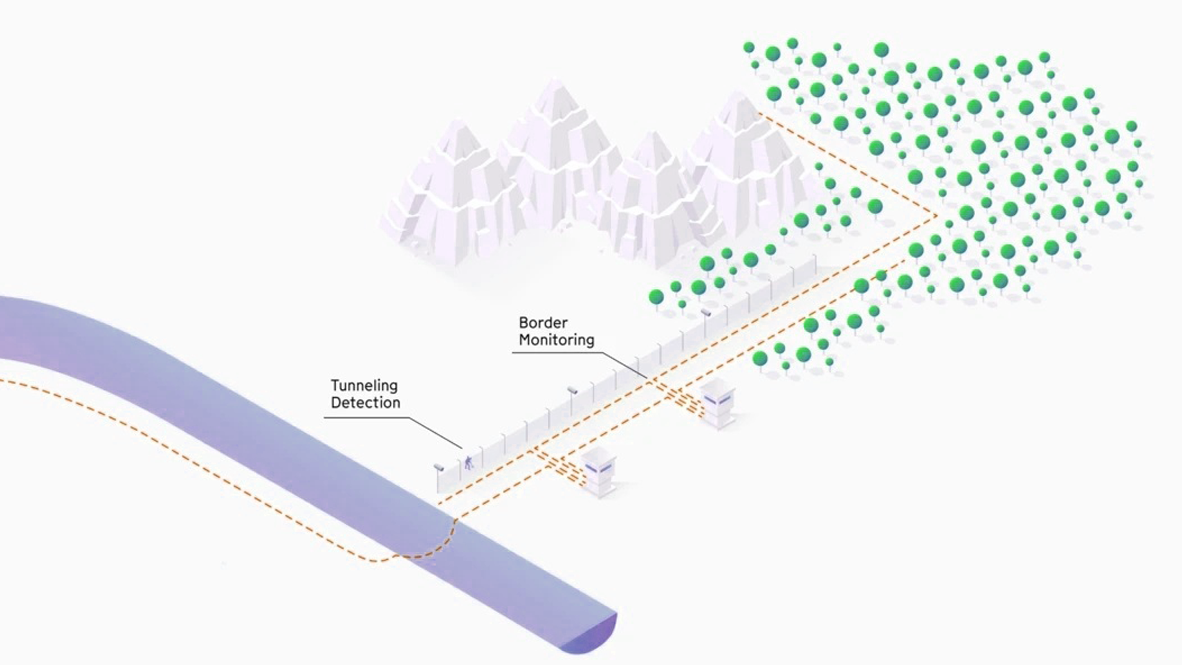
In today’s globalized environment, safeguarding and overseeing critical infrastructures (CIs) has become increasingly vital. From transport systems to communication networks, maintaining the uninterrupted functioning of these essential services is fundamental to the security, safety, and well-being of societies. The protection of critical infrastructure is a primary concern for government bodies, infrastructure proprietors, and the private sector. Regulations such as the European NIS 2 directive are establishing new benchmarks for the physical security of CIs.
Challenges in Securing Critical Infrastructure
As critical infrastructure increases in both size and complexity, the challenges of monitoring and protecting it also grow. Extensive networks—often spanning thousands of kilometers—create significant obstacles for effective surveillance. Additionally, there is an escalating concern regarding targeted attacks on railways, telecommunications systems, and airports. The solution lies in implementing advanced automated systems capable of continuously monitoring infrastructure, detecting potential threats, and taking immediate action to avert disruption. With Airway Security’s fiber optic sensing technology, operators can secure their assets while enhancing efficiency and reducing operational downtime.

Real-Time Infrastructure Monitoring
Airway Security delivers cutting-edge solutions that offer real-time, all-encompassing monitoring to identify, categorize, and pinpoint incidents, allowing operators to respond to and alleviate threats before they escalate into significant disruptions. Through Distributed Fiber Optic Sensing (DFOS), we provide dependable, extensive monitoring systems designed to protect infrastructure, deter sabotage, prevent unauthorized access, and combat other detrimental actions.
Airway Security’s Monitoring Approach
Similar to how the human nervous system sends signals to sense pain or touch, Airway Security’s Distributed Fiber Optic Sensing (DFOS) technology functions as the “nervous system” for vital infrastructure. DFOS employs a solitary optical fiber that runs alongside the infrastructure to monitor potential threats continuously. It can detect, pinpoint, and identify unusual activities in real-time, allowing operators to take prompt action to avert damage or interruptions.
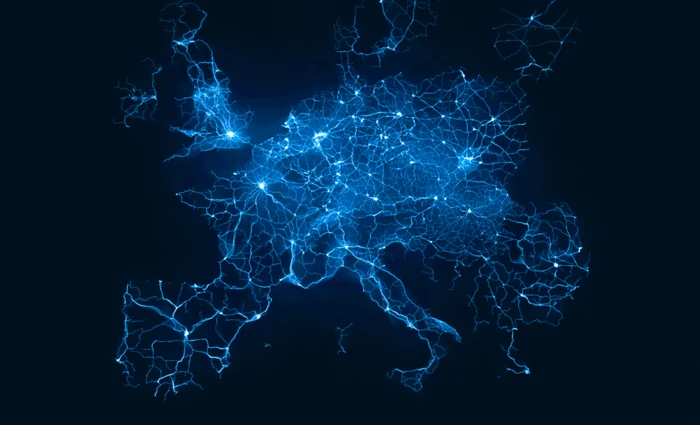
Within our DFOS solutions, Distributed Acoustic Sensing (DAS) plays a pivotal role by focusing on detecting and analyzing acoustic signals and vibrations. DAS is crucial for tracking movement of objects like cars, ships, and people, and for identifying third party intrusion (TPI) activities such as tunneling, digging, or other forms of excavation. With DAS, operators gain precise, real-time situational awareness, ensuring uninterrupted operation and enhanced physical security.
Airway Security provides tailored, comprehensive solutions designed to meet operators’ specific challenges in applications such as
- Railways and railroads
- Critical underwater infrastructure
- Telecommunication networks
- Airports, borders and military installations
- Nuclear facilities
Apart from DAS technology, Distributed Temperature Sensing (DTS) and Distributed Temperature & Strain Sensing (DTSS) provide essential capabilities for monitoring bridges, dams, embankments, and other geotechnical systems. By continuously tracking strain and its variations, along with temperature and its fluctuations, the DFOS portfolio facilitates early identification of critical signs of deterioration or failure in these structures. Its distinctive ability to measure across both space and time offers unparalleled insight into the health and condition of large assets.
Technologies Used in Critical Infrastructure Monitoring
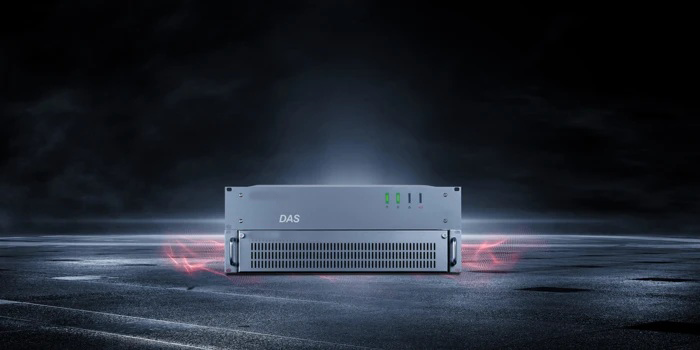
Distributed Acoustic Sensing (DAS)
Airway Security’s Distributed Acoustic Sensing (DAS) technology plays a crucial role in safeguarding essential infrastructure. By leveraging existing fiber optic networks, our systems can detect vibrations and capture acoustic energy in real time at every point along the fiber optic cable. When paired with our artificial intelligence (AI), we offer accurate localization and classification of events such as intrusions, approaching individuals or vehicles, and activities like digging and drilling.
Our DAS technology is built on coherent optical time domain reflectometry (C-OTDR), which employs Rayleigh backscattering to identify acoustic signals over long distances. The proprietary 2P Squared technology from Airway Security integrates phase and amplitude measurements to ensure consistent signal quality and stability across extensive ranges, achieving a monitoring capability of up to 100 km.
One of the significant benefits of our DAS technology is the incorporation of sophisticated machine learning algorithms. These algorithms continually examine the extensive data collected, evolving with each detected event to enhance the system’s capacity to differentiate between ordinary activities and potential threats. For example, the system can tell apart harmless vibrations from environmental influences (like changes in weather or animal movements) and serious risks, such as tunneling activities.
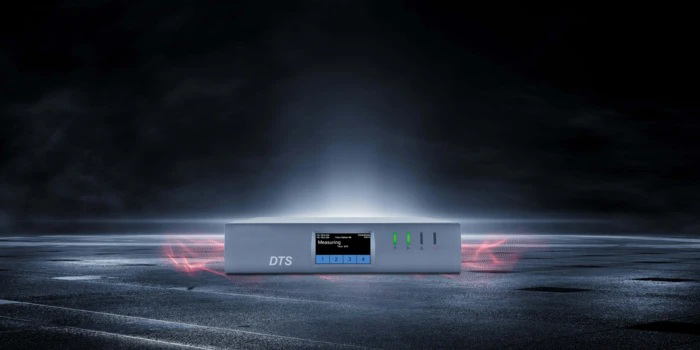
Distributed Temperature Sensing (DTS)
Distributed Temperature Sensing (DTS) is a sophisticated fiber optic technology that allows for continuous and real-time monitoring of temperature across extensive distances. By identifying even minor temperature changes, DTS facilitates accurate pinpointing of heat sources, overheating issues, or fire hazards. In the context of railway monitoring,
DTS plays a crucial role in safeguarding tunnels, cable ducts, and tracks by detecting possible fire threats. With its high dependability and minimal upkeep, DTS serves as a strong solution for proactive infrastructure safeguarding.

Distributed Temperature & Strain Sensing (DTSS)
Airway Security’s Distributed Temperature and Strain Sensing (DTSS) technology provides essential insights into the thermal and mechanical health of infrastructure assets over extensive distances. Using Brillouin-based optical time domain reflectometry (OTDR), our DTSS systems continuously monitor temperature and strain changes. Our DTSS sends a laser pulse through a fiber optic cable and analyzes the reflected signal to precisely locate thermal or strain anomalies along the fiber, making it ideal for large-scale applications. This real-time data enables early detection of issues like thermal hotspots, excessive mechanical stress, and structural shifts in assets such as power cables, pipelines, and bridges.
DTSS is immune to electromagnetic interference, ensuring dependable performance in environments with high EMI, like power substations. Cost-effective and requiring minimal upkeep, DTSS provides a robust solution for maintaining critical infrastructure and supporting sustainable asset management.

Get in Touch With Our Experts
Airway Security, known for its reliable performance and ongoing innovation, provides a fully integrated, comprehensive solution crafted in Germany. Our team collaborates with you to choose the ideal combination of technologies that meet your needs.

